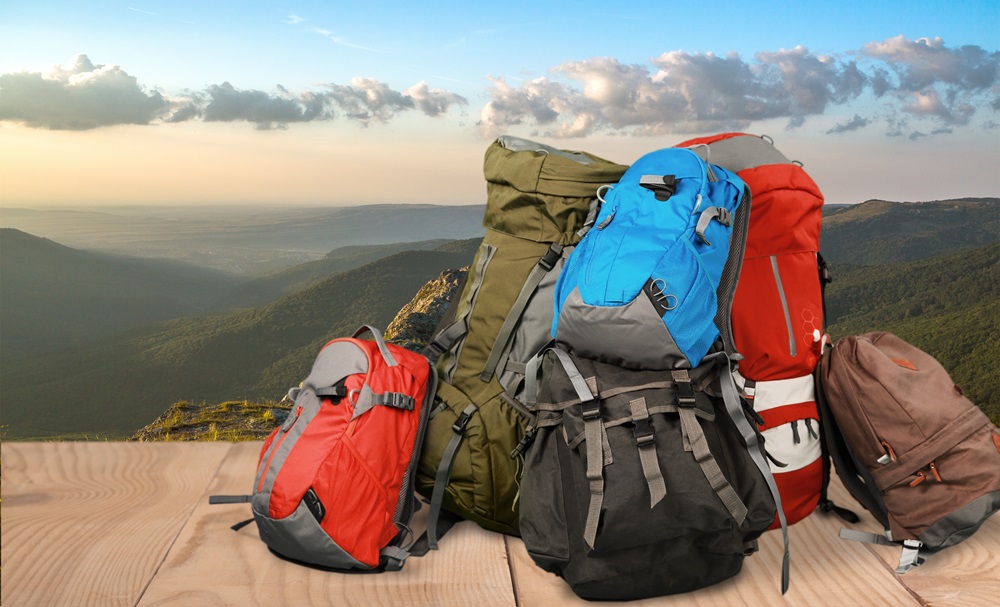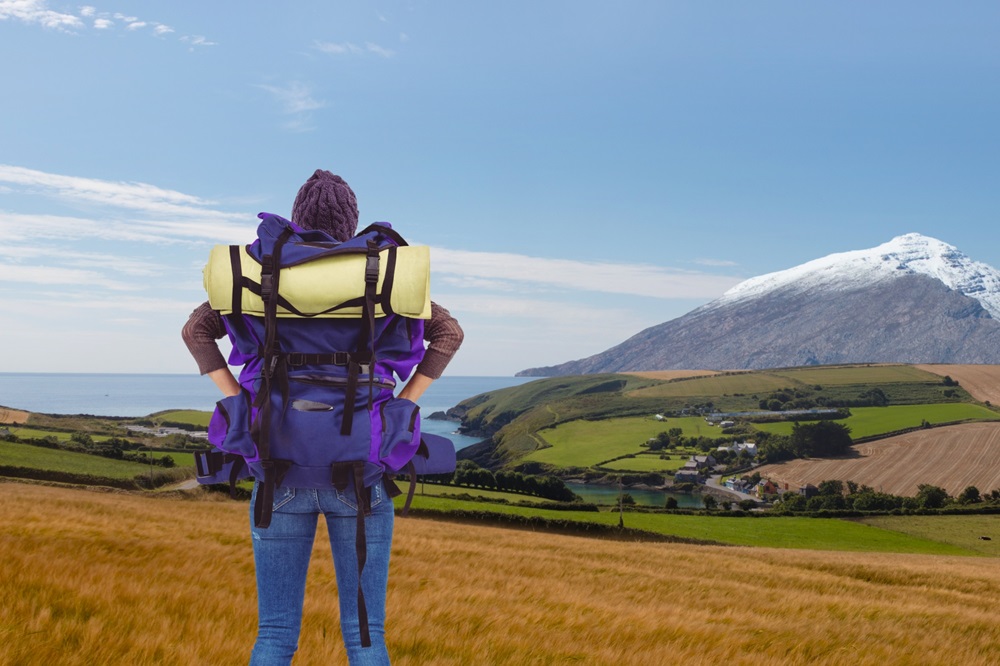Finding the right backpack can make or break your wilderness experience. When you’re miles from civilization, your backpack becomes your lifeline.
Modern backpacks offer countless features, but which ones matter? Let’s explore what you should focus on when choosing your next outdoor companion.
Comfort: The Non-Negotiable Feature
Nothing ruins a hike faster than a painful backpack. Your comfort should always be your top priority when selecting wilderness gear.
The most important comfort features include:
- Padded hip belt: This transfers 80% of your pack weight to your hips instead of your shoulders
- Adjustable torso length: Your pack should match your specific body measurements
- Ventilated back panel: Reduces sweating and prevents the dreaded “swamp back”
Many hikers make the mistake of prioritizing looks or brand names over proper fit. Don’t fall into this trap!
Capacity and Organization: Finding the Right Balance
The size of your backpack depends entirely on your trip length and personal packing style. Consider these guidelines:
| Trip Duration | Recommended Volume | Weight Capacity |
| Weekend (1-3 nights) | 30-50 liters | 15-30 pounds |
| Multi-day (3-5 nights) | 50-70 liters | 30-45 pounds |
| Extended (5+ nights) | 70+ liters | 45+ pounds |
Beyond raw capacity, smart organization can save you countless headaches in the wilderness. Look for:
- Multiple access points to the main compartment
- External pockets for items you need quick access to
- Dedicated spaces for water, food, and safety equipment
Durability: A Long-Term Investment
When you’re deep in the wilderness, gear failure isn’t just inconvenient—it can be dangerous. Invest in materials that will withstand the elements and rough handling.
The most durable backpack materials include:
- Ripstop nylon (especially with denier counts of 400+)
- Dyneema/Cuben fiber (incredibly lightweight yet strong)
- Cordura (extremely abrasion-resistant)
Pay special attention to zippers, buckles, and straps—these are typically the first points of failure.
Weight Considerations: Every Ounce Counts
After a full day of hiking, you’ll feel every extra ounce on your back. Ultralight backpacks (under 3 pounds empty) have revolutionized wilderness travel, but they often sacrifice durability or comfort.
Ask yourself: Does this feature justify its weight? Many experienced hikers remove unnecessary straps, cut off extra webbing, and choose minimalist designs to save weight.
Weather Protection: Staying Dry When It Matters
Few things are more miserable than discovering all your gear is soaked after a downpour. Look for:
- Water-resistant exterior fabrics
- Integrated rain covers
- Waterproof zippers or zipper flaps
- Sealed or taped seams
Remember: very few backpacks are fully waterproof on their own. Using waterproof stuff sacks inside your pack provides essential redundancy.
Accessibility Features That Make Life Easier
When you’re tired, cold, or in a hurry, fumbling with complicated closures becomes incredibly frustrating. Prioritize designs that allow quick access to essential items.
The most useful accessibility features include:
- Side zippers that provide access to the main compartment
- Hip belt pockets for snacks, phone, or navigation tools
- External attachment points for bulky gear like sleeping pads or trekking poles

Finding Your Perfect Wilderness Backpack
Your ideal backpack depends on many factors: trip length, terrain, climate, and personal preferences. Before making a purchase:
- Try before you buy with weight in the pack
- Research thoroughly, focusing on durability reviews from long-distance hikers
- Consider renting different styles first to test what works for you
The best backpack isn’t necessarily the most expensive or feature-laden—it’s the one that meets your specific needs without causing discomfort or failing when you need it most.
The Bottom Line
When choosing a wilderness backpack, focus on fit, durability, and organization. Don’t get distracted by flashy features that add weight without real benefits.
A well-chosen backpack becomes almost invisible on your back—allowing you to focus on the beauty around you rather than discomfort or inconvenience.
Remember that your needs will evolve as you gain experience. Many hikers start with larger, more feature-rich packs and gradually transition to simpler, lighter designs as they refine their gear and techniques.


